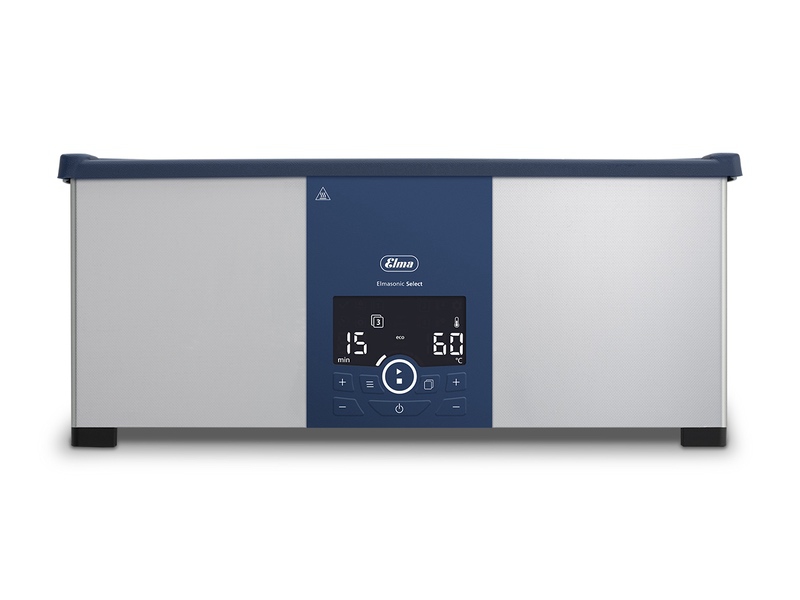How to Prepare Samples Rapidly and Safely

Sample preparation to transform analytes into measurable form can involve complex processes. It is important that the transformation or extraction process avoids chemical degradation that can be caused by excessive heat or mechanically induced damage.
Ultrasonic energy is a proven technique to achieve fast, safe sample preparation. As an example it is a method often specified in USP monographs to extract active pharmaceutical ingredients from carriers for content uniformity and potency assay tests. The ultrasonic process is also ideal for dissolving, dispersing, emulsifying, homogenizing and mixing.
Sample Preparation Steps
Samples to be analyzed are placed in flasks along with a recommended solvent. Flasks are partially immersed in a sonicator bath containing a surfactant. The 37 kHz Elmasonic S Select 150 ultrasonic bath available from Tovatech is especially designed to quickly and safely accomplish sample preparation. The inside dimensions of the shallow basket, (LxWxH) 17.9 x 9.8 x 2.2 inches, facilitate positioning of many small samples in addition to large samples. Flask clamps are available to affix Erlenmeyer or volumetric flasks to the mesh-bottom basket.
The Select 150 is designed with unusually high ultrasonic power per unit volume. The preparation process is typically completed before heat buildup, a natural result of ultrasonic energy, can degrade samples. If heat is a concern, the Select 150 can be fitted with a cooling coil to prevent temperature increase. The cooling coil must be attached to a source of recirculating cold liquid such as a laboratory chiller.
The Select 150 unit is equipped with a microprocessor controlled ultrasonic generator that adjusts to the load, a degas mode and a timer that displays set and remaining time. It can be set to operate in a fixed frequency normal mode that is ideal for sample prep. To add to the versatility of the Select 150 the unit can also be operated in the sweep mode that provides uniform distribution of ultrasonic energy when it is used to clean lab ware (see below).
A Sample Preparation Sequence
Add water and a surfactant to the fill line of the Select 150 sonicator tank. Turn the unit on and activate the degas function to both mix the solution and drive off trapped air. This should take about 10 minutes.
Lower the prepared samples into the bath and set the unit to operate in the normal mode. The powerful Select 150 generator provides ultrasonic energy in the bath that passes through flask walls. This mixes, disperses, emulsifies, homogenizes and dissolves the samples. The unit will shut down at the end of the timed cycle.
Cleaning Lab Ware
Instrument and lab ware cleaning can be accomplished by using a suitable elma lab clean formulation. Offered by Tovatech these biodegradable concentrates are available in acidic, basic, and neutral formulations depending on the nature of the contaminants to be removed.
As with the sample prep sequence the lab ware bath should be prepared by adding the correct amount of the cleaning concentrate to water and activating the degas mode. Place the lab ware in the mesh basket and lower it into the solution. In this instance cleaning should be accomplished using the Select 150 sweep mode.
Contact the scientists at Tovatech for additional information on equipment and processes to handle your sample prep challenges and to discuss cleaning solution concentrates for laboratory equipment.
